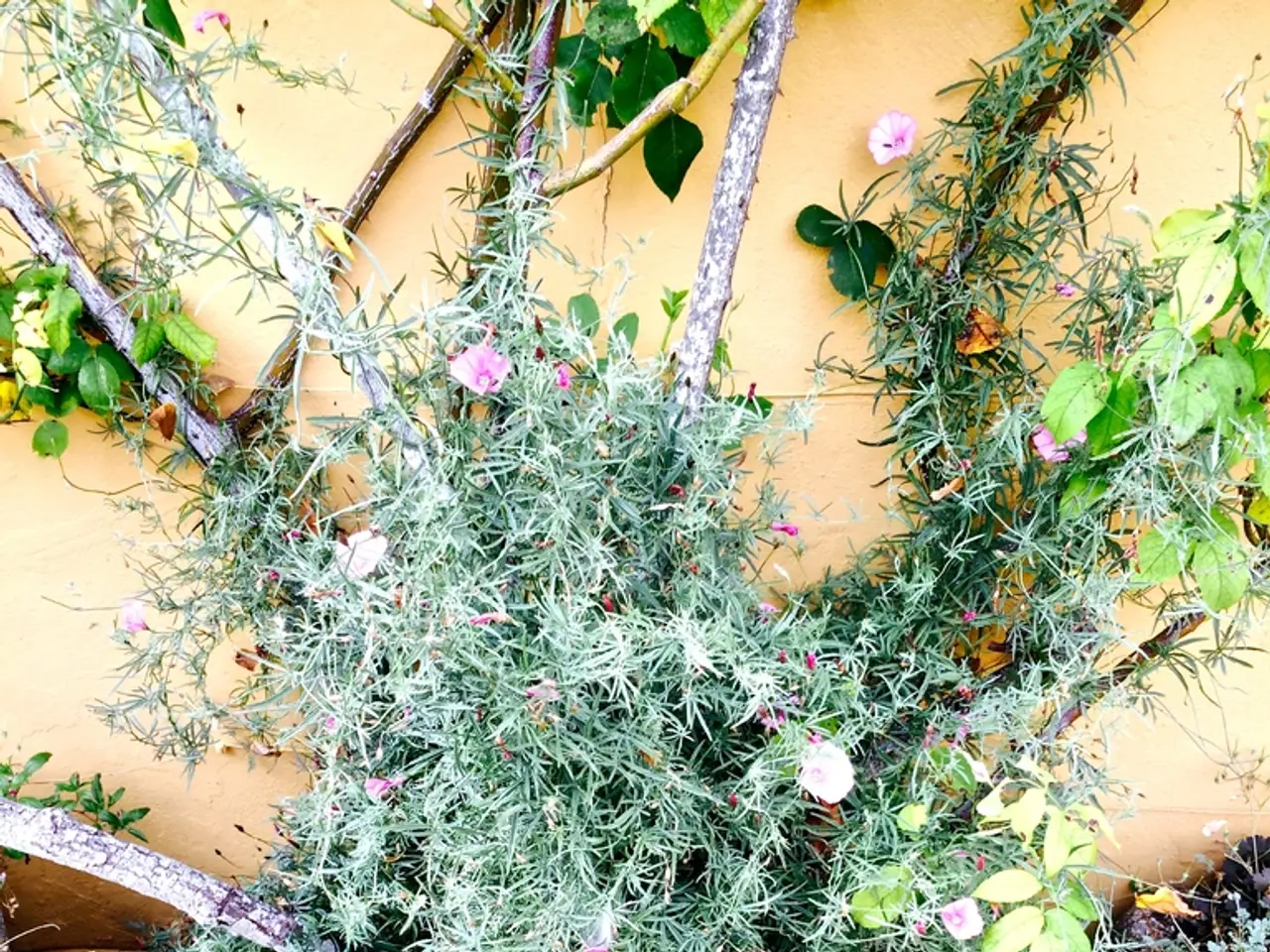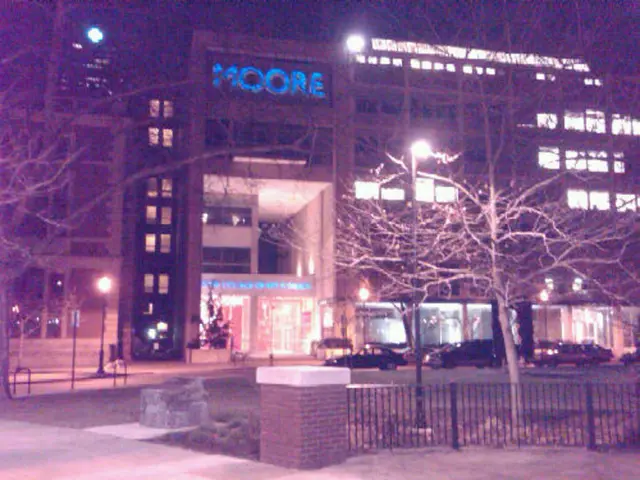8 Stunning Terrarium Plants that Thrive Continuously Throughout the Year
In recent years, closed terrariums have become a popular choice for indoor gardening enthusiasts. These self-contained miniature ecosystems, enclosed in glass containers, mimic the humid, warm conditions of a tropical rainforest and require minimal maintenance. Here's a guide to creating a thriving closed terrarium and selecting the best plants for this unique environment.
The key to success lies in choosing plants that thrive in high humidity, prefer indirect light, and are typically compact and slow-growing to avoid overcrowding. Some top choices include the Fittonia (Nerve Plant), Ferns, Mosses, Peperomia, Begonia and Pilea.
Fittonia, also known as the Nerve Plant, thrives in high humidity and tolerates low light. Its vibrant, colorful leaves add visual interest to the terrarium. Peperomia, on the other hand, is a slow-growing plant that thrives in humid, low to medium light conditions. Both plants require moist but well-drained substrate and indirect light.
Ferns, such as Maidenhair and Button fern, are ideal for closed terrariums as they mirror rainforest conditions. They prefer humidity above 70%, bright indirect light, and a moist substrate. Mosses, like Sheet moss and Broom moss, require constant moisture, high humidity, and low to moderate indirect light. They help maintain humidity and add a lush ground cover effect.
Begonia and Pilea enjoy humid, stable environments with indirect light and prefer moist soil but not soggy. They are compact in size and have attractive foliage, making them suitable for enclosed terrariums.
When it comes to general care for closed terrarium plants, maintaining high humidity is crucial, usually above 70%. Provide bright but indirect light to avoid leaf scorch, and avoid direct sunlight inside the glass container. Water sparingly to keep the substrate moist but not waterlogged. Closed terrariums recycle moisture, so overwatering can cause mold and rot. Occasionally open or vent the terrarium to prevent excessive condensation and mold growth.
Terrariums are perfect for those who want to enjoy plants indoors while the garden outside is dormant. They are also suitable for small spaces and have gained popularity due to their visual appeal and low maintenance. However, it's important to note that not all plants thrive in closed terrarium conditions. For example, orchid terrariums are best suited to being partially open and require occasional watering.
In conclusion, creating a lush closed terrarium involves selecting the right plants, maintaining high humidity and indirect light, watering sparingly, and providing adequate air circulation. With these guidelines, you can create a thriving, self-sustaining mini-ecosystem that mimics a tropical ecosystem and requires minimal maintenance. Happy gardening!
Home-and-garden enthusiasts interested in creating a lush, low-maintenance indoor garden may find terrariums an ideal choice. By choosing plants like Fittonia, Peperomia, Ferns, Mosses, Begonia, and Pilea - all thriving in high humidity and preferring indirect light - one can assemble a thriving closed terrarium in their home, mimicking the humid, warm conditions of a tropical rainforest.







